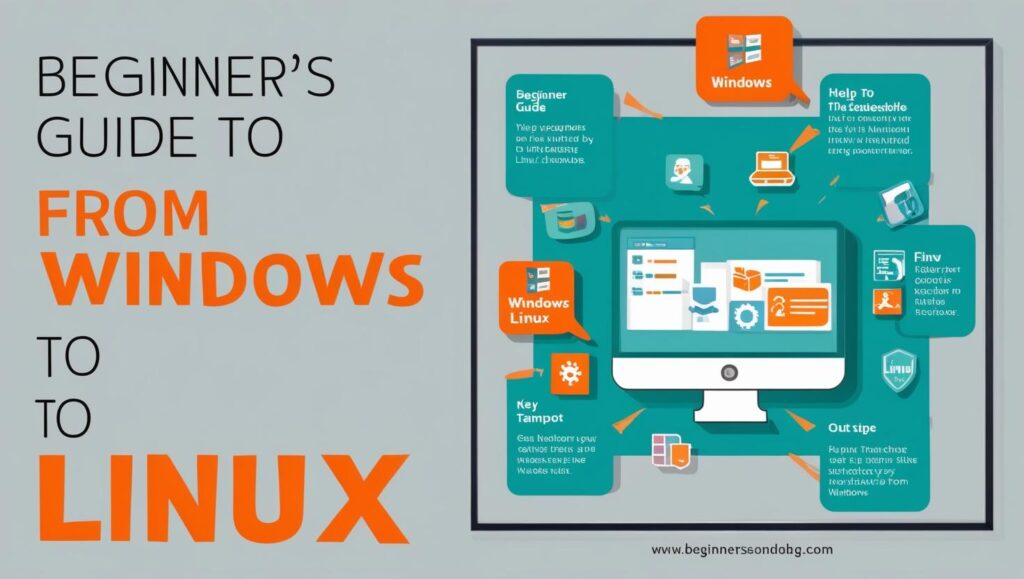As the technology landscape continues to evolve, more Windows users are exploring alternatives to the traditional operating systems they know. Linux, once considered the domain of tech enthusiasts and developers, has become increasingly user-friendly and accessible. For those considering a switch from Windows to Linux, this guide offers insights into making the transition smooth and successful.
Transitioning from Windows to Linux: A Starter Guide
Making the transition from Windows to Linux can feel like stepping into a new world. The first step for any Windows user is to choose a Linux distribution (distro) that best fits their needs. Popular choices for beginners include Ubuntu, Linux Mint, and Fedora, each offering a unique user experience but with similar core functionalities. These distros come with a variety of desktop environments, such as GNOME or Cinnamon, which can mimic the familiar interfaces of Windows, making the initial switch less daunting.
Once a suitable distribution is selected, installation is the next step. Most Linux distributions provide comprehensive guides to walk users through the installation process, often via a live USB or CD. The installation process typically involves partitioning the hard drive, a concept familiar to those who have dual-booted Windows systems or performed clean installs. For those nervous about losing data, many Linux distributions allow users to run the OS from a live USB, offering a risk-free trial before committing to a full installation.
Post-installation, setting up Linux can be a straightforward process. Unlike the often lengthy driver installation on Windows, Linux typically supports a wide range of hardware out of the box. Users need to familiarize themselves with the package manager, the tool for installing and managing software, akin to app stores on mobile devices. For Ubuntu users, the Ubuntu Software Center provides a graphical interface for managing applications, streamlining the transition from Windows.
Key Differences and Tips for New Linux Users
One of the most noticeable differences between Windows and Linux is the way software is installed and updated. While Windows relies on separate installers for each program, Linux uses package managers like APT or YUM to handle software management. This decentralized approach can seem confusing at first, but it provides a more streamlined system for keeping all applications up to date. Linux distros often include powerful command-line tools that can be intimidating but offer greater control over software management.
Security is another area where Linux differs significantly from Windows. Linux systems are less vulnerable to viruses and malware, in part due to their architecture and the open-source nature of the software. This does not mean Linux is immune to threats, but it typically requires less frequent security updates and provides better security out of the box. Users transitioning from Windows should take advantage of Linux’s robust permission systems and learn to navigate user privileges effectively.
For users accustomed to Windows, finding support and resources in the Linux community can be invaluable. Online forums, wikis, and user groups offer extensive help on a wide range of topics. Engaging with the community can ease the transition and provide solutions to common issues encountered by new Linux users. Additionally, resources like Linux documentation and tutorials can fill knowledge gaps, helping new users become proficient more quickly.
Transitioning from Windows to Linux might seem daunting, but the rewards of a stable, secure, and customizable operating system are significant. With patience and a willingness to learn, Windows users can leverage the vast resources available to them and gain confidence in their new environment. As Linux continues to evolve, it offers an increasingly viable alternative for those seeking a change from traditional operating systems. By embracing the open-source community and its wealth of knowledge, users can make the most of their Linux experience.


